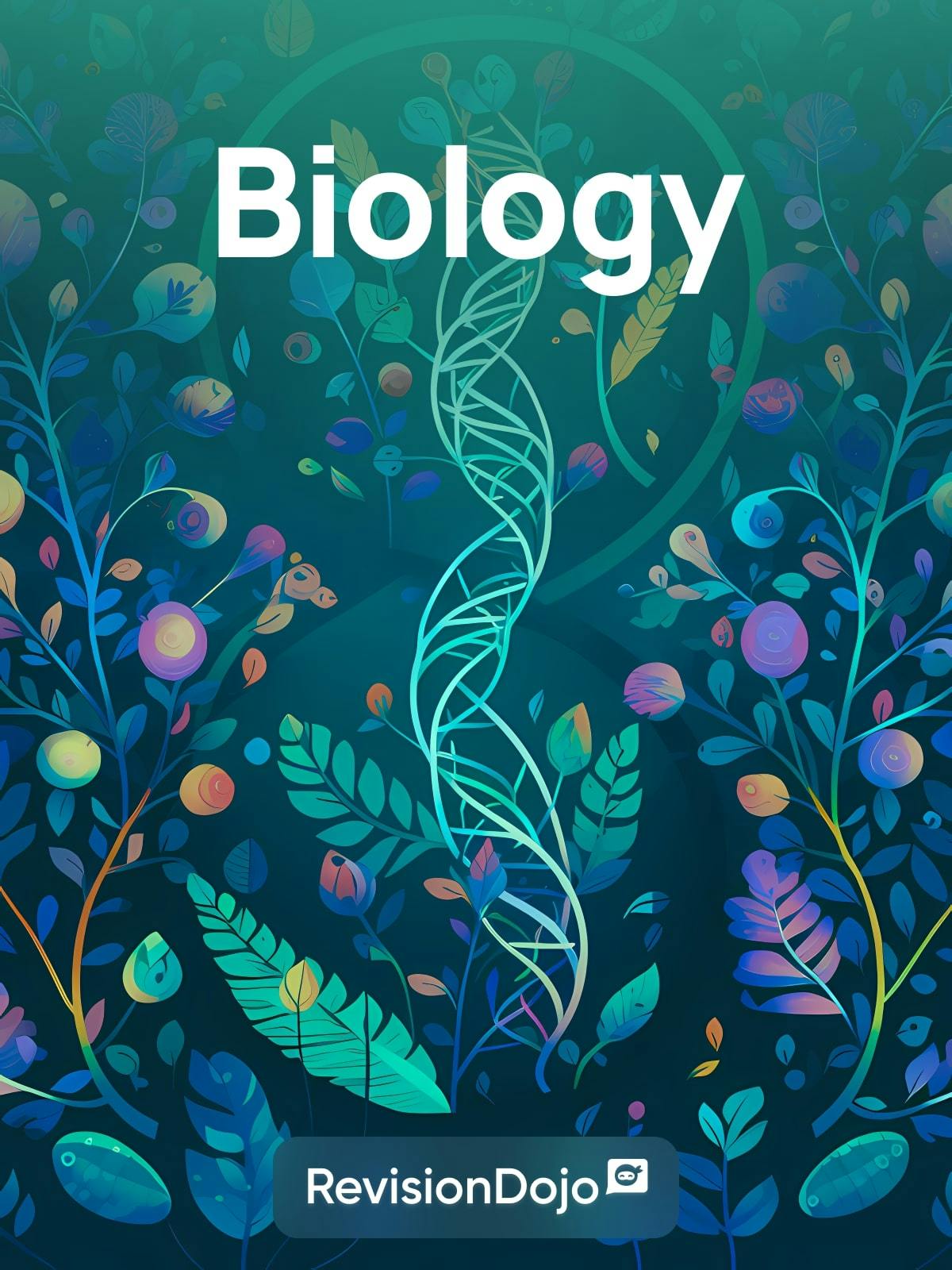
Topic 4 - Ecology
Question 1
SLPaper 1Which is not essential in a viable mesocosm?
Question 2
SLPaper 2Draw a labelled diagram to show the fluid mosaic model of the plasma membrane.
Unicellular and multicellular organisms share the same functions of life. Outline four functions of life.
The structure of organisms is based on organic molecules containing carbon. Explain the cycling of carbon in an ecosystem.
Question 3
SLPaper 1Which conditions favour peat formation?

Question 4
HLPaper 2Outline how greenhouse gases interact with radiation and contribute to global warming.
Outline how plants make use of the different wavelengths of light.
Explain how organic compounds are transported within plants.
Question 5
SLPaper 1The diagram shows interactions between food chains in an ecosystem in the African savannah.

Which arrows indicate the flow of chemical energy?
Question 6
HLPaper 2Compare and contrast the mode of nutrition of detritivores and saprotrophs.

Explain how some plant species are able to respond to changes in their abiotic environment and flower at a precise time of the year.
Outline the extension of the stem in plants.
Question 7
SLPaper 1In a woodland ecosystem, each tree provides food for numerous aphids which feed on the sap of the tree. The aphids are eaten by carnivorous beetles, as shown in the food chain.
Oak Tree → Aphids → Beetles
Which pyramid of energy represents this relationship?

Question 8
SLPaper 1The diagram shows a simplified carbon cycle.

Which processes are taking place at X and Y?

Question 9
SLPaper 2Beavers are large rodents that live in waterways throughout the northern hemisphere. Dams made by beavers change the temperature of the streams and affect the mayfly, Baetis bicaudatus. In the summer of 2008, beaver ponds in West Brush Creek and Cement Creek, Colorado, were studied to evaluate their impacts on mayflies. The study sites included streams flowing into (upstream) and out of (downstream) each beaver pond.

Mayflies, including the species B. bicaudatus, are aquatic insects that hatch and spend their larval stages in water emerging from the water as adults. Larger females produce an increased number of better quality eggs.
The table shows the mean temperature differences (downstream – upstream) and mean dry mass for female and male mayflies.

The bat, Pipistrellus nathusii, feeds on insects including mayflies. A study was undertaken in Poland to see the effect of European beavers (Castor fiber) on the activity of bats. Beaver activity can affect forests that are covered by trees and meadows that are covered by grasses and have no trees. The following habitats were studied:
- forest (F)
- flooded forest with canopy gaps created by beavers and flooding due to the presence of beaver dams (FFG)
- forest with canopy gaps created by beavers but no flooding (FG)
- meadow (M)
- meadow with flooding due to the presence of beaver dams (MF).
As bats feed they fly through the air catching insects. The number of feeding passes made by bats was counted. The graph shows differences in the bat activity between particular habitats.

Calculate the difference in the mean dry mass of mayflies upstream and downstream of Cement Creek pond 9 for female and male mayflies.

Describe the effect dams have on water temperature.
The graph shows the mean dry mass of mayflies relative to the water temperature in their habitats.

Using the graph, discuss evidence for the hypothesis that mayflies grow to greater dry mass in cooler water.
Analyse the data to find the effect of flooding and tree felling by beavers on the activity of bats.
The trout, Oncorhynchus mykiss, that live in West Brush Creek and Cement Creek also feed on the mayflies. Fishermen come to Colorado to catch and eat trout. Draw a diagram of part of a food web for the creeks in Colorado, including mayflies, humans, trout and bats.
Identify an example of competition between organisms in this food web.
The North American beaver (Castor canadensis) was introduced to islands adjacent to Argentina and Chile where they have become an invasive species. Discuss one ecological criterion (a basis for deciding) whether beavers are harmful or helpful to the ecosystems there.
Question 10
SLPaper 1Which gases have made the most significant contributions to global warming?
